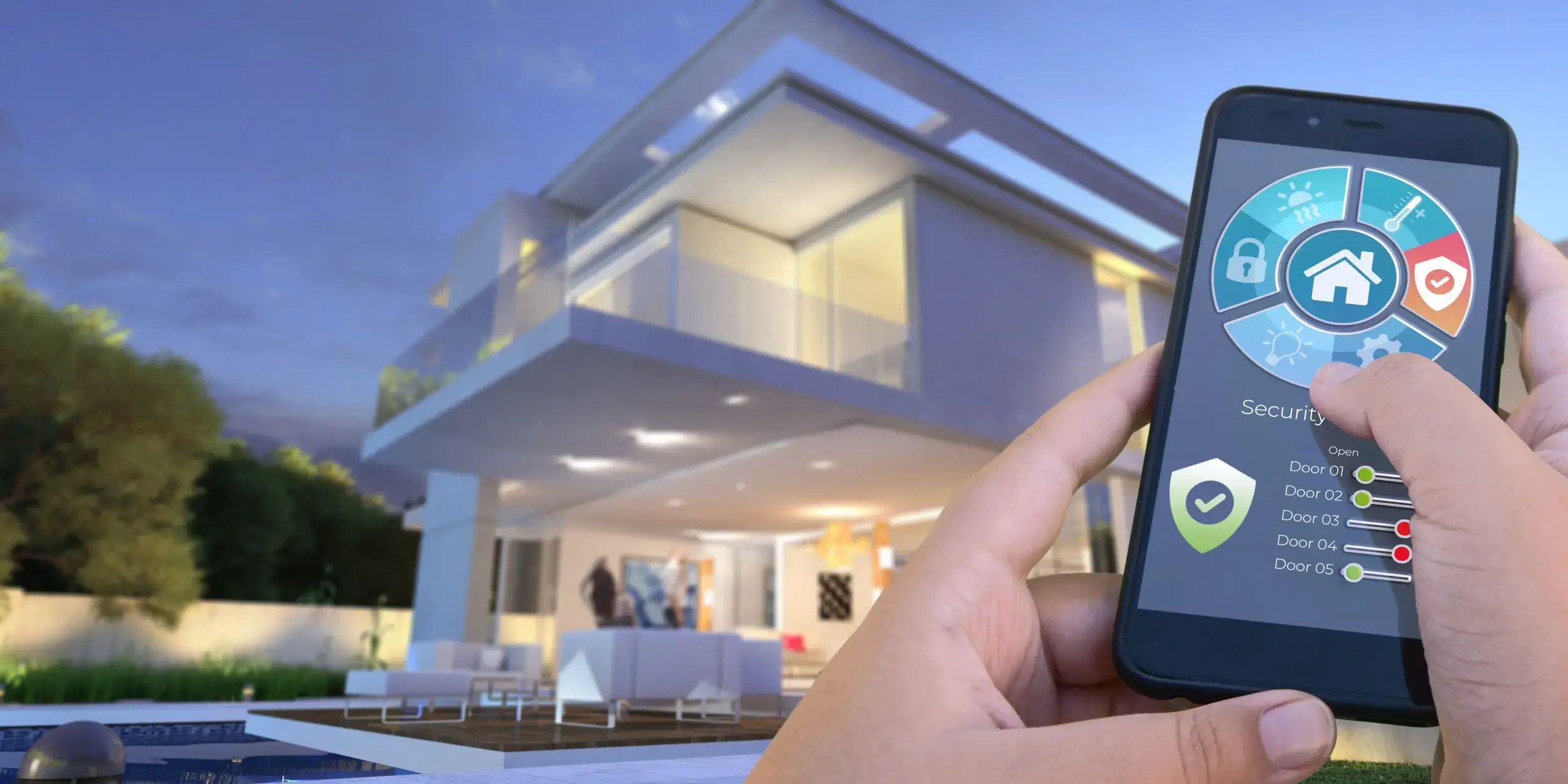Urban development is undergoing transformative changes, driven by rapid urbanization, technological advancements, and evolving societal needs. Cities are not only expanding but also redefining themselves to accommodate growing populations while striving for sustainability and enhanced quality of life. This article explores key trends shaping the future of city living, from sustainable infrastructure to smart technologies and community-centric designs.
Contents
1. Sustainable Infrastructure
Green Buildings and Urban Design
Cities are increasingly embracing sustainable building practices and urban design principles to reduce environmental impact and enhance resilience:
Green Roofs and Vertical Gardens: Integration of green spaces into building designs to improve air quality, reduce urban heat island effect, and promote biodiversity.
Net-Zero Energy Buildings: Structures that produce as much energy as they consume, leveraging renewable sources like solar and wind power.
Smart Grids and Energy Efficiency: Implementation of smart grids to optimize energy distribution and consumption across urban areas.
Transportation and Mobility
Efficient and eco-friendly transportation systems are crucial for sustainable urban development:
Public Transit Expansion: Investment in reliable and accessible public transit networks to reduce reliance on private vehicles and alleviate traffic congestion.
Electric and Autonomous Vehicles: Adoption of electric and autonomous vehicles to reduce carbon emissions and enhance mobility options.
Mixed-Use Development: Planning neighborhoods that combine residential, commercial, and recreational spaces to reduce commuting distances and promote walkability.
2. Smart Technologies
Internet of Things (IoT) and Urban Connectivity
Cities are becoming smarter through IoT and interconnected technologies that improve efficiency and quality of life:
Smart City Sensors: Deployment of sensors to monitor air quality, traffic flow, and waste management in real time.
Data Analytics and Predictive Modeling: Utilization of big data analytics to optimize city services, from waste collection to emergency response.
Smart Lighting and Energy Management: Implementation of intelligent lighting systems and energy management solutions to minimize energy consumption and costs.
Digital Infrastructure and Connectivity
Enhanced digital infrastructure is essential for supporting smart technologies and fostering innovation:
5G and Broadband Expansion: Rollout of high-speed internet connectivity to support IoT devices and digital services.
Cybersecurity Measures: Implementation of robust cybersecurity protocols to protect data privacy and ensure the integrity of smart city systems.
3. Community-Centric Design
Mixed-Use Developments and Placemaking
Creating vibrant urban environments that prioritize community engagement and cultural diversity:
Mixed-Use Neighborhoods: Development of mixed-use spaces that integrate residential, commercial, and recreational facilities to foster social interaction and economic vitality.
Public Spaces and Parks: Designing accessible green spaces and public parks that serve as gathering places for residents and visitors alike.
Urban Regeneration Projects: Revitalization of underutilized or blighted areas to promote economic growth and improve quality of life for local communities.
Inclusive and Accessible Design
Designing cities that are inclusive and accessible to all residents, regardless of age, ability, or socioeconomic status:
Universal Design Principles: Incorporation of universal design principles to ensure equitable access to public infrastructure and services.
Affordable Housing Initiatives: Implementation of policies and incentives to increase affordable housing options and prevent gentrification.
4. Resilience and Climate Adaptation
Climate Resilient Urban Planning
Cities are prioritizing resilience strategies to mitigate the impacts of climate change and natural disasters:
Green Infrastructure: Integration of green roofs, rain gardens, and permeable surfaces to manage stormwater and reduce flood risks.
Climate Adaptation Strategies: Development of strategies to protect coastal cities from sea-level rise and extreme weather events.
Community Resilience Programs: Engagement of residents in resilience planning and emergency preparedness initiatives.
Urban development is at a critical juncture, poised to shape the future of city living in profound ways. By embracing sustainable infrastructure, smart technologies, community-centric design, and resilience strategies, cities can enhance their livability, sustainability, and resilience to future challenges.
As urban populations continue to grow, the adoption of forward-thinking urban development practices will be essential for creating inclusive, resilient, and thriving cities that meet the needs of present and future generations


